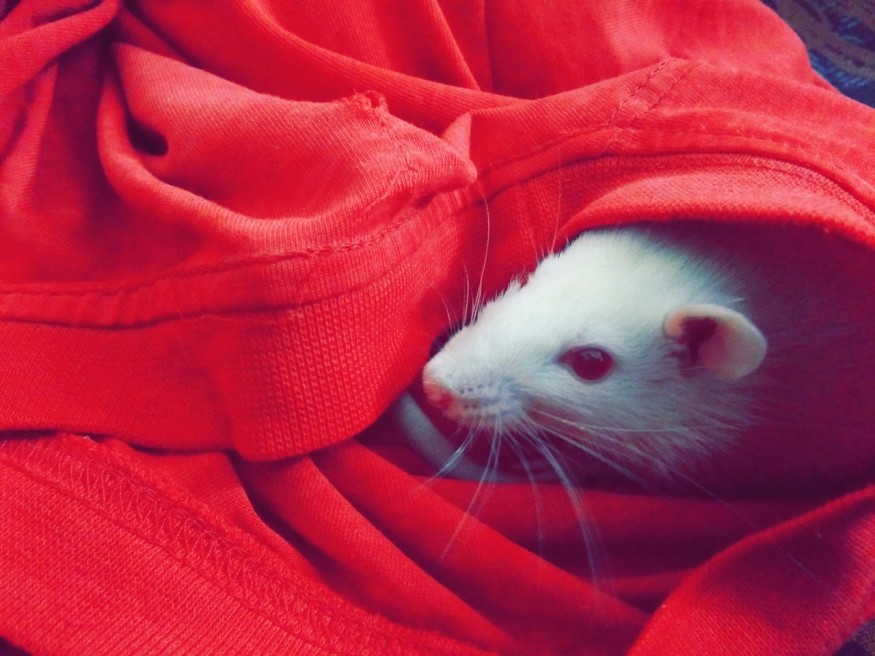Israeli scientists, via mice experiments, have found a method of boosting mice life expectancy by up to 23%, hoping that it could be replicated in humans in the near future.
Scientists increased the supply of SIRT6, a protein that normally wanes with aging, in roughly 250 mice. In the peer-reviewed study, researchers revealed that the increased life expectancy of mice stating that the protein-rich mice were far more youthful and less susceptible to malignant growth of cells.
Professor Haim Cohen, the lead author from the Bar-Ilan University, says to Times of Israel that the change in life expectancy findings is significant, and when considering the equivalent in the jump of human life expectancy, we could be seeing an average of almost 120 years old.
He adds that the changes seen from the mice experiment could be translatable to humans, and if that were the case, it would possibly change how we live our lives.
The Journey to Increasing Mice Life Expectancy

SIRT6 levels are well known to decline with age. There are already many interests in the slight possibility that the stimulation of the production of the protein could be beneficial to life.
Back in 2012, Cohen became the first scientist to increase SIRT6 levels in animals in an attempt to increase life expectancy. Published in the journal Nature, entitled "The sirtuin SIRT6 regulates lifespan in male mice," caused male mice to live roughly 15% longer than normal. However, the earlier experiment had no effect on female mice subjects.
Perfecting SIRT6 Stimulation for Increased Life Expectancy
In the latest peer-reviewed study published in the journal Nature Communications, entitled "Restoration of energy homeostasis by SIRT6 extends healthy lifespan," researchers including Professor Rafael de Cabo front the US National Institute of Health collaborated and found that a jump in life expectancy was seen in both male and female tests subjects.
The jump was observed to be bigger in male mice subjects that are seen to live 30% longer than average, and female mice lived 15% longer than control group counterparts.
In order to assess the mice's youthfulness, researchers observed that symptoms of aging in mice are their ability to generate energy after fast due to a struggle in deriving energy from lactic acid and fats. As mice became older with higher SIRT6 proteins, they could effortlessly generate energy from said sources. The mice had fewer cholesterols, ran faster, and were found to have less incidence of cancer.
Cohen explains that the recent discovery shows that the SIRT6 protein controls the rate of healthy aging, which translates that it could potentially aid in slowing aging. He adds that, unfortunately, at this point, the technology isn't advanced enough to translate the findings for human trials nor consumption.
Researchers were able to easily boost SIRT6 levels in mice subjects via genetically modifying them. On the other hand, to expect the same results in humans, the increases in activity of the protein could only be achieved via pharmaceutical drugs that aren't ready as of yet.
Check out more news and information on Medicine & Health on Science Times.
© 2025 ScienceTimes.com All rights reserved. Do not reproduce without permission. The window to the world of Science Times.









